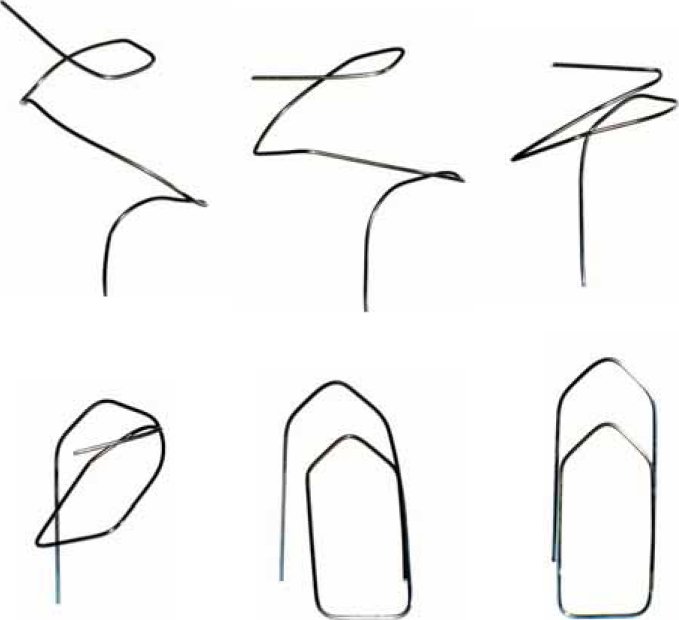Nickel is the sixth most abundant element on Earth, with one of its biggest uses being in bringing ductility and corrosion resistance to stainless steel. As such, it is more appropriate to discuss nickel as an ingredient in many alloys rather than as a stand-alone metal.
Nickel is a ductile, silvery white metal with a good resistance to corrosion. However, when it is alloyed to other metal ingredients, like steel, chromium and titanium, its properties are enhanced to produce what are known as superalloys. One major area of application is for aircraft engines, where nickelbased superalloys are used in the hottest parts of aircraft engines, where temperatures exceed 16000ºC (28832ºF). Alloyed with chromium in the proportion of 18 per cent chromium and 10 per cent nickel it is used to produce 18/10 stainless steel, the mark that can often be found on stainless steel cutlery.
Nickel is also alloyed with titanium (called nitinol) in what are known as shape-memory alloys, which have outstanding uncrushable springiness and are used in wired bras and bendable spectacle frames. Nitinol has 20 times the elastic strain of steel. Nitinol also has one of the most interesting properties in the rapidly emerging field of smart materials, where they exhibit a shape-memory effect that allows for specific shapes to be ‘programmed’ into a metal, often wire, which once distorted will revert back to its former shape if heated.
Image: Shape-memory paperclips

Key features
•When alloyed with titanium it has super-elasticity and shape-memory properties
•Good corrosion resistance
•Good hardness
•Can cause skin allergy
•High melting point –1455ºC (2651ºF)
In 2009, Russia was the largest producer of nickel with about one-fifth of the world share, closely followed by Brazil, Canada and Australia.
Cost
£22 ($14) per kg.
Sustainability issues
As well as the applications of nickel alloys mentioned above, nickel is also used in pigments for paint, pottery, glass and plastics. Although some people suffer sensitivity and allergic reactions to nickel, its only major risk to health is in certain areas of its processing, where significant exposure could lead to health risks.
Production
As an alloy, its processing is dependent on its alloy partner. But generally, most metal processing forms are applicable: stamping, forging or rolling, cold drawn.
Typical applications
The main uses for nickel are as an alloying element, examples of which include springs, nickel-cadmium batteries, heating wires and super-elastic alloys. Super-elastic alloys are more common than you might think and are used in everyday applications, which apart from bras and spectacle frames include orthodontics and jewellery. It is also widely used for electroplating and as a replacement for steel in turbine blades in jet engines, where it performs well at extreme temperatures.
Derivatives
–Cupronickel (coppernickel)
–Nitinol (nickel-titanium)
–Nichrome (nickel, chrome, iron)
–Stainless steel (chromium-nickel)
–Hastelloy
–Nimonic
–Inconel
| + | – |
|
–Key component of super alloys –Good hardness –Corrosion resistant –Super-elastic when alloyed with titanium |
–Can cause skin irritation |
